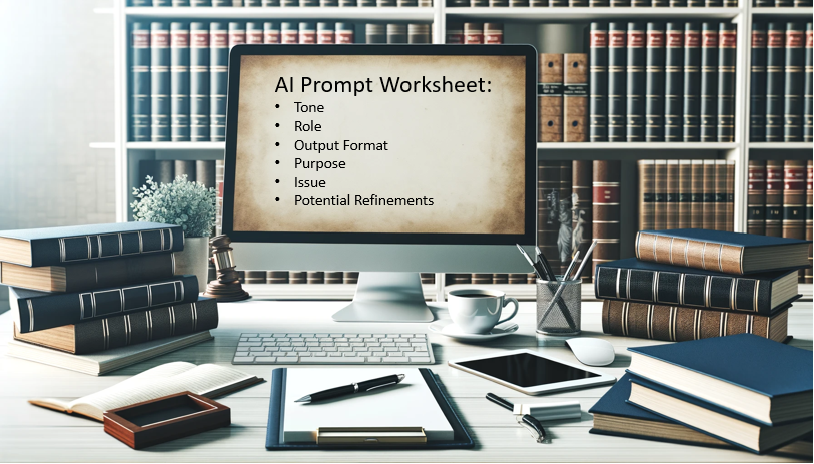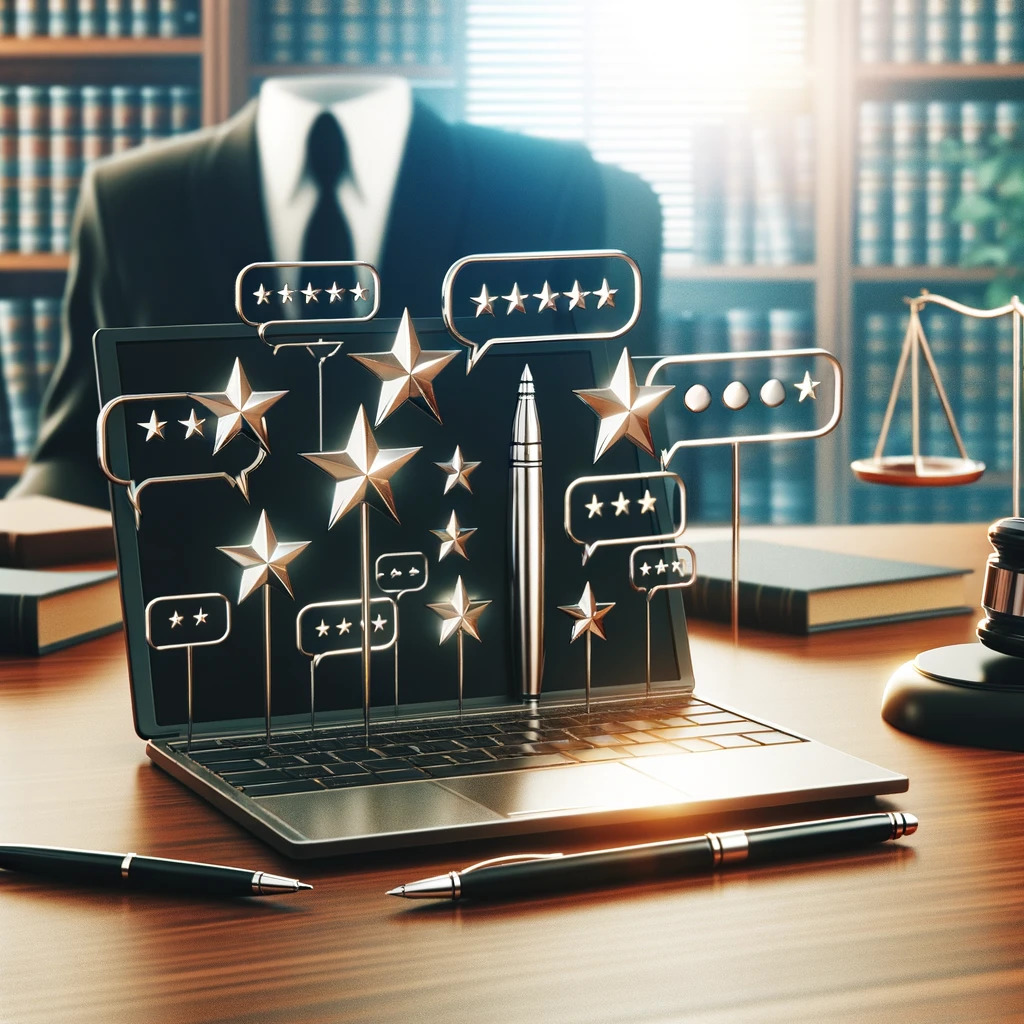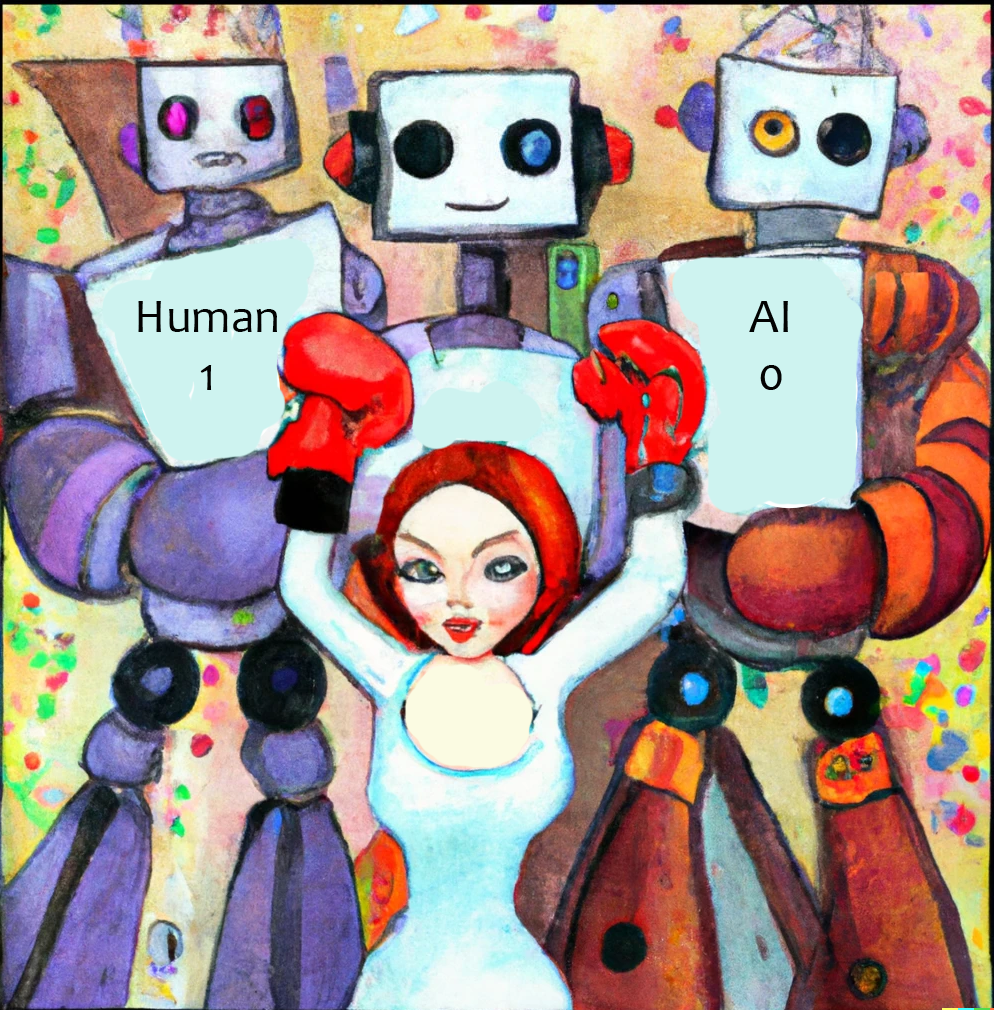I have been listening to and enjoyed thinking about and participating in conversations about how generative AI is going to be integrated into the practice of law. Most of these conversations surround how it will be integrated into legal documents, which is not surprising considering how many lawyers have gotten in trouble for this and how quickly our research and writing products are integrating the technology. But there is more to legal practice than creating client and/or court documents. In fact, there are many more business uses of generative AI than just research and drafting.
This past fall, I was asked to lead an AI session for Capital University’s joint venture with the Columbus College of Art & Design, the Institute for Creative Leadership at Work. I was asked to adapt my presentation to HR professionals and focus on SHRM compliance principles. I enjoyed the deep dive into this world, and I came away from my research with a lot of great ideas for my session, Bard, Bing, and ChaptGPT, Oh My!: Possible Ethical Uses of Generative AI at Work, such as tabletop emergency exercises, social media posts, job descriptions, and similar tasks.
This week, I have been thinking about how everyone’s focus has really been around legal documentation, my own included. But there are an amazing number of backend business tasks that could also utilize AI in a positive way. The rest of the world, including HR, has been focusing on them for a while, but we seem to have lost track of these business tasks.
Here are some other business uses of generative AI and prompts that I think hold great promise. Continue reading →

- Drafting job descriptions
- Pretend that you are an HR specialist for a small law firm in the United States. Draft a job description for a legal secretary who focuses on residential real estate transactions but may assist with other transactional legal matters as needed. [Include other pertinent details of the position]. The job description will be posted in the following locations [fill in list]
- Creating tabletop simulations to work through crisis/emergency plans:
- You are an HR specialist who is helping plan for and test the company’s responses to a variety of situations. First is an active shooter in the main building. A 5th grade tour of the facilities is going on on the third floor. Create a detailed tabletop simulation to test this.
- Second scenario: The accounting department is celebrating the birthday of the administrative assistant and is having cake in the breakroom. The weather has turned bad, and an F4 tornado is spotted half a mile away. After 15 minutes, the tornado strikes the building directly. Create a detailed tabletop simulation to test the plan and response for this event.
- Assisting with lists of mandatory and voluntary employee trainings
- Pretend that you are an HR professional who works for a law firm. You are revamping the employee training program. We need to create a list of mandatory trainings and a second list of voluntary trainings. Please draft a list of training appropriate to employees in a law firm setting.
- Assisting with social media posting creation:
- Pretend that you are a professional social media influencer for the legal field. Draft an Instagram post, including creating a related image, to celebrate Law Day, which is coming up on May 1st. Make sure that it is concise and Instagram appropriate. Please include hashtags.
- Assisting with creating employee policies or handbooks (verify content!):
- Pretend that you are an information security professional. Draft an initial policy for a law firm regarding employee AI usage for company work. The company wants to allow limited use of generative AI. They are very worried that their proprietary and/or confidential client data will be accidentally released. Specify that only your custom AI system – [name firm-specific or specialized AI with a strong privacy contract clause] – can be used with company data. The policy must also take into consideration the weaknesses of all AI systems, including hallucinations, potential bias, and security issues.
- Assisting with making sure your web presence is ADA accessible:
- Copilot/web-enabled Prompt: Pretend that you are a graphic designer who has been tasked with making sure that a law firm’s online presence is ADA accessible. Please review the site [insert link], run an ADA compliance audit, and provide an accessibility report, including suggestions on what can be done to fix any accessibility issues that arise.
- Onboarding documentation
- Create a welcome message for a new employee. Tell them that the benefits orientation will be at 9 am in the HR conference room on the next first Tuesday of the month. Pay day is on the 15th and last day of each month, unless payday falls on a weekend or federal holiday, in which case it will be the Friday before. Employees should sign up for the mandatory training that will be sent to them in an email from IT.
- (One I just user IRL) Pretend that you are a HR specialist in a law library. A new employee is starting in 6 weeks, and the office needs to be prepared for her arrival. [Give specific title and any specialized job duties, including staff supervision.] Create an onboarding checklist of important tasks, such as securing keys and a parking permit, asking IT to set up their computer, email address, and telephone, asking the librarians to create passwords for the ILS, Libguides, and similar systems, etc.
What other tasks (and prompts) can you think of that might be helpful? If you are struggling to put together a prompt, please see my general AI Prompt Worksheet in Introducing AI Prompt Worksheets for the Legal Profession. We welcome you to share your ideas in the comments.





